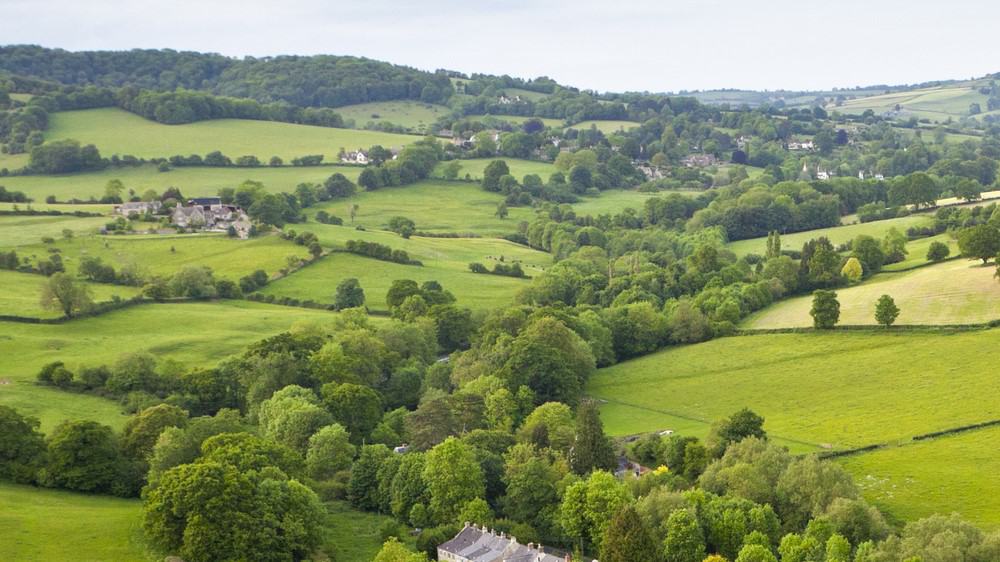National Savings & Investments (NS&I), the government’s own savings brand, has finally launched its highly anticipated Green Savings Bond. However, the news has gone down like a lead balloon among savers as it’s revealed that the three-year fixed bond will pay just 0.65% interest.
So why is the NS&I rate so low? And how does it compare to other fixed savings accounts? Here’s everything you need to know.
[top_pitch]
What is the NS&I Green Savings Bond?
The NS&I Green Savings Bond was first revealed by Chancellor Rishi Sunak in his Spring Budget. At the time, the government said it hoped the bond would raise billions of pounds to support green initiatives.
According to NS&I, these green initiatives could include:
- Making transport cleaner, including funding for zero-emissions buses.
- Supporting renewable energy such as wind power and hydrogen for example.
- Preventing pollution such as carbon capture and storage schemes.
- Using energy more efficiently by decarbonising buildings, for example.
- Protecting natural resources through measures such as forest planting projects.
- Adapting to a changing climate with initiatives like supporting delivery of flood defences.
More generally, NS&I says its Green Savings Bond closely aligns with the government’s wider plans to achieve its net-zero carbon emissions target by 2050.
How does the NS&I Green Savings Bond work?
The NS&I Green Savings Bond is a three-year fixed savings account that pays 0.65% AER fixed interest.
You can deposit between £100 and £100,000, though take note of the fact that anything you save in the account will be locked away for three years (unless you cancel your account within the 30-day cooling-off period).
NS&I says the Green Savings Bond will be available until at least 22 January 2022.
How does the NS&I account compare to other fixed bonds?
The interest rate on the NS&I Green Savings bond falls significantly short of other fixed savings accounts.
Right now, you can earn 1.33% AER interest in a one-year fixed savings account via Investec. To open this account you must deposit at least £5,000.
Alternatively, if you’re happy to lock away cash for more than a year, then Zenith Bank’s two-year fixed savings account pays a higher 1.57% AER interest. You need to deposit at least £1,000 in this account.
If you are happy to put away your money for three years, then the highest payer is JN Bank. Its three-year offering pays 1.81% AER. This is 1.16% higher than the rate offered on the NS&I Green Savings Bond! To open the JN account, you must deposit at least £1,000.
For more options, see our list of the top-rated fixed savings accounts.
What about savings safety? Is my money safer with NS&I?
Normal savings accounts with a UK banking licence – including the market-leading accounts mentioned above – have £85,000 FSCS savings safety protection. This means that should the bank go bust, your money is safe up to the limit.
However, with NS&I, this protection doesn’t apply. That’s because all savings with NS&I are backed by HM Treasury. This is the highest level of savings safety protection possible. So while you only get £85,000 protection on deposits in a normal savings account, any amount of money you save with NS&I is fully protected.
Despite this, you are restricted to how much you can save in an NS&I account by any deposits limits that apply to specific accounts. The Green Savings Bond has a maximum deposit limit of £100,000.
[middle_pitch]
Why is the NS&I rate so low?
There’s no skirting around the fact that the interest rate on the NS&I Green Savings Bond is very low – even after taking into account the current ultra-low interest rate environment.
The main reason for low savings rates across the board is down to the Bank of England. Its base rate is currently at 0.1%, an all-time low, meaning that banks can already borrow cheaply, so they don’t need to attract savers cash.
While some may have hoped that the interest rate on the NS&I Green Bond may have been more generous to give savers some respite, the government is clearly targeting the bond towards those who place a bigger emphasis on putting their savings towards environmentally-friendly purposes than interest rates.
Despite this, industry has already been critical towards the bond, with Sarah Coles, senior personal finance analyst at Hargreaves Lansdown, suggesting uptake is likely to be low.
She explains: “NS&I Green Bonds are unlikely to be picked by enormous numbers of savers at this rate because, with a return of just 0.65%, early enthusiasm for the bonds is likely to wither.
“It’s such a disappointment for savers who were hoping for a competitive rate that meant they could do the right thing for the planet and their pocket at the same time. Instead, NS&I is relying on savers who are willing to pay a price for going green with their savings.”
To keep track of the savings market, see our list of the top-rated savings accounts.







